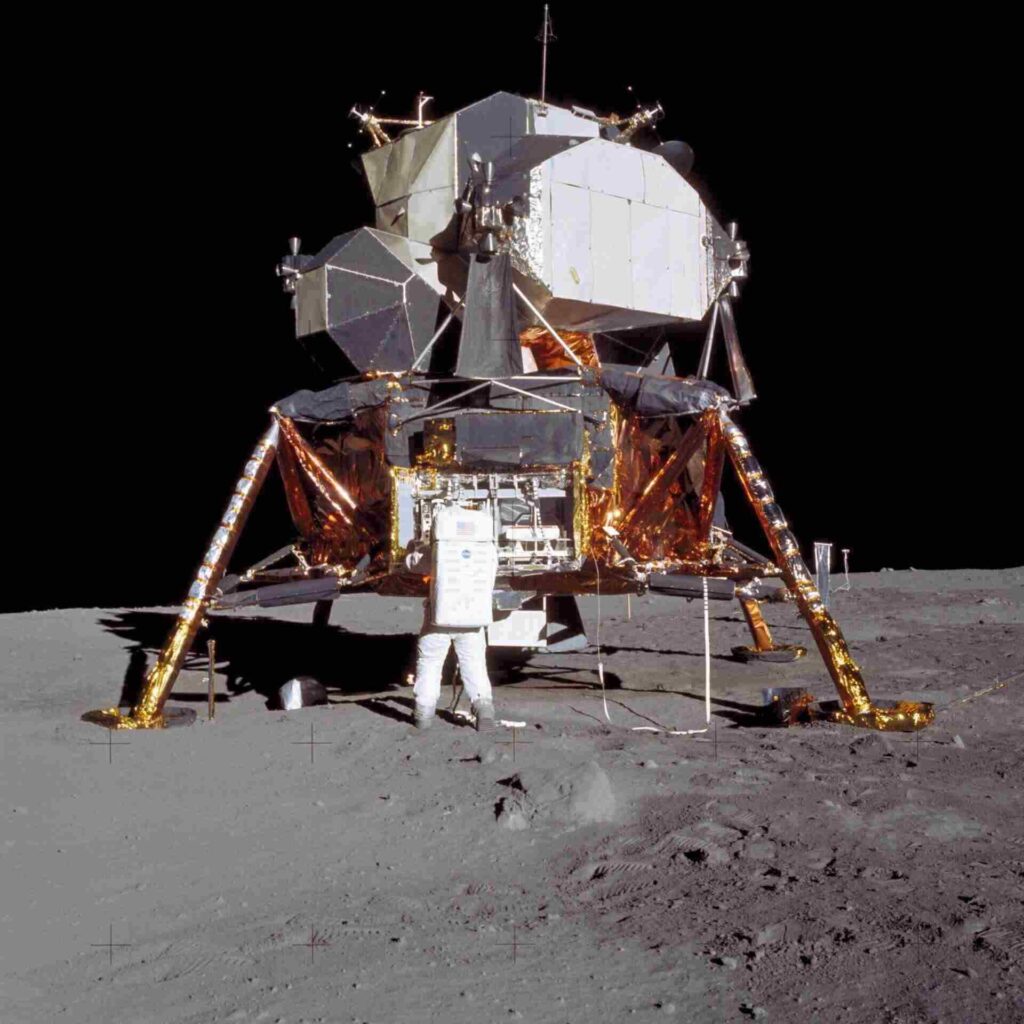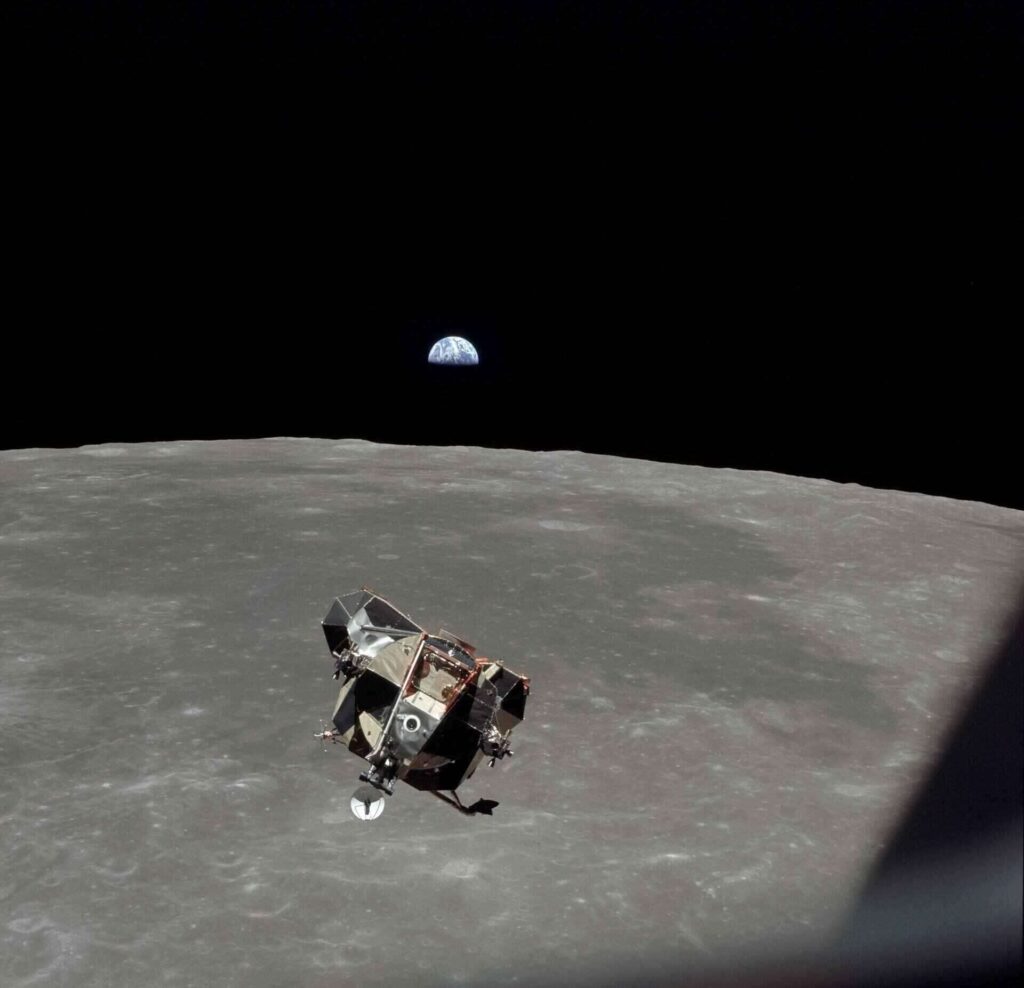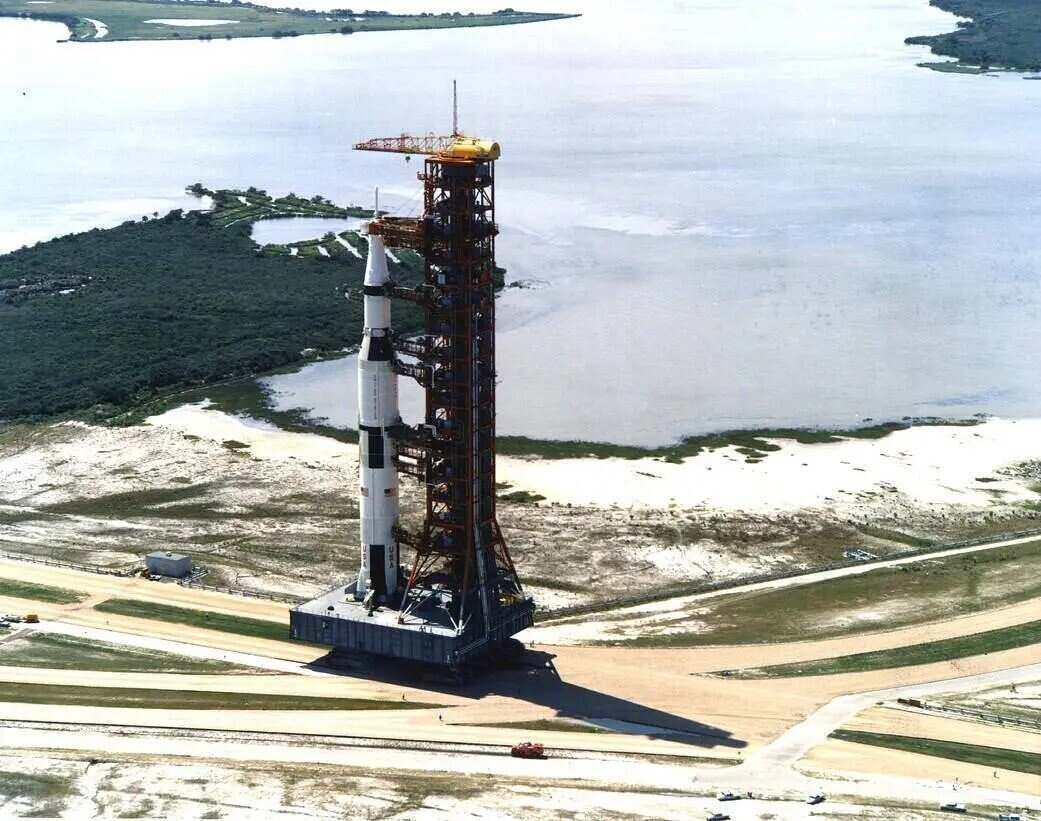The Apollo 11 mission stands as a monumental achievement in the history of human exploration, marking the first successful attempt to land humans on the Moon. Launched by NASA, the United States’ space agency, on July 16, 1969, the mission was a culmination of years of scientific and technological advancements. This blog post delves into the intricacies of the Apollo 11 mission, exploring the key players, the groundbreaking technology, and the lasting impact of this historic journey.
The Vision
The Apollo program, initiated by President John F. Kennedy in 1961, aimed to achieve the seemingly impossible goal of landing humans on the Moon and safely returning them to Earth before the end of the decade. Kennedy’s visionary speech on May 25, 1961, set the ambitious tone for the space race, declaring, “I believe that this nation should commit itself to achieving the goal, before this decade is out, of landing a man on the Moon and returning him safely to the Earth.”
Key Players
The success of the Apollo 11 mission was made possible by the collaboration of thousands of scientists, engineers, and astronauts. The astronauts selected for this historic journey were Commander Neil Armstrong, Command Module Pilot Michael Collins, and Lunar Module Pilot Edwin “Buzz” Aldrin. These three individuals would etch their names into history books as the pioneers who took humanity to the Moon.

Technological Marvels
Apollo 11 was a triumph of technological innovation. The Saturn V rocket, standing at a towering 363 feet, was the most powerful rocket ever built. It consisted of three stages, each with its specific function, propelling the spacecraft into Earth’s orbit and then on its trajectory to the Moon. The Command Module, named Columbia, housed the astronauts and served as their living quarters during the mission. The Lunar Module, named Eagle, was designed to land on the Moon’s surface and return to the Command Module for the journey back to Earth.
The Spacecraft’s Journey
On July 16, 1969, at 9:32 a.m. EDT, the Apollo 11 mission began its historic journey with the launch of the Saturn V rocket from Kennedy Space Center in Florida. The spacecraft successfully entered Earth’s orbit, and after a series of maneuvers, it began its journey to the Moon.
Four days later, on July 20, the Lunar Module separated from the Command Module, carrying Armstrong and Aldrin to the Moon’s surface while Collins orbited above. The descent to the lunar surface was a tense and critical moment. Armstrong, with seconds of fuel remaining, skillfully piloted the Lunar Module to a safe landing in the Sea of Tranquility.
One Small Step for Man
The defining moment of the Apollo 11 mission occurred on July 20, 1969, when Neil Armstrong became the first human to set foot on the Moon. As he stepped off the ladder of the Lunar Module, Armstrong famously declared, “That’s one small step for [a] man, one giant leap for mankind.” Buzz Aldrin joined him shortly after, and together they conducted experiments, collected samples, and planted the American flag on the lunar surface.

The Return
After spending approximately 21 hours on the lunar surface, Armstrong and Aldrin returned to the Lunar Module, leaving behind scientific instruments to transmit data back to Earth. The ascent from the Moon was successful, and the Lunar Module docked with the Command Module in lunar orbit. The crew then began their journey back to Earth, with Apollo 11 splashing down safely in the Pacific Ocean on July 24, 1969.
Legacy and Impact
The success of the Apollo 11 mission had far-reaching consequences for science, technology, and society. It showcased the United States’ technological prowess during the Cold War space race with the Soviet Union and demonstrated what humanity could achieve when united by a common goal. The mission also provided valuable scientific data, contributing to our understanding of the Moon’s geology and history.
Furthermore, the iconic images and videos transmitted from the Moon captivated audiences worldwide, leaving an indelible mark on popular culture. The “space race” had not only reached its zenith but had also opened the door to further exploration of our solar system and beyond.
Conclusion
The Apollo 11 mission was a watershed moment in human history, demonstrating our capacity to overcome seemingly insurmountable challenges and achieve greatness. The vision set forth by President Kennedy was realized with the dedication and brilliance of thousands of individuals who worked tirelessly to make the dream of lunar exploration a reality. As we reflect on the 50th anniversary of this historic mission, we celebrate not only the technological achievements but also the spirit of curiosity and exploration that continues to drive humanity to reach new heights. Apollo 11 remains a symbol of what can be accomplished when we dare to dream and strive for the extraordinary.


Leave a Reply